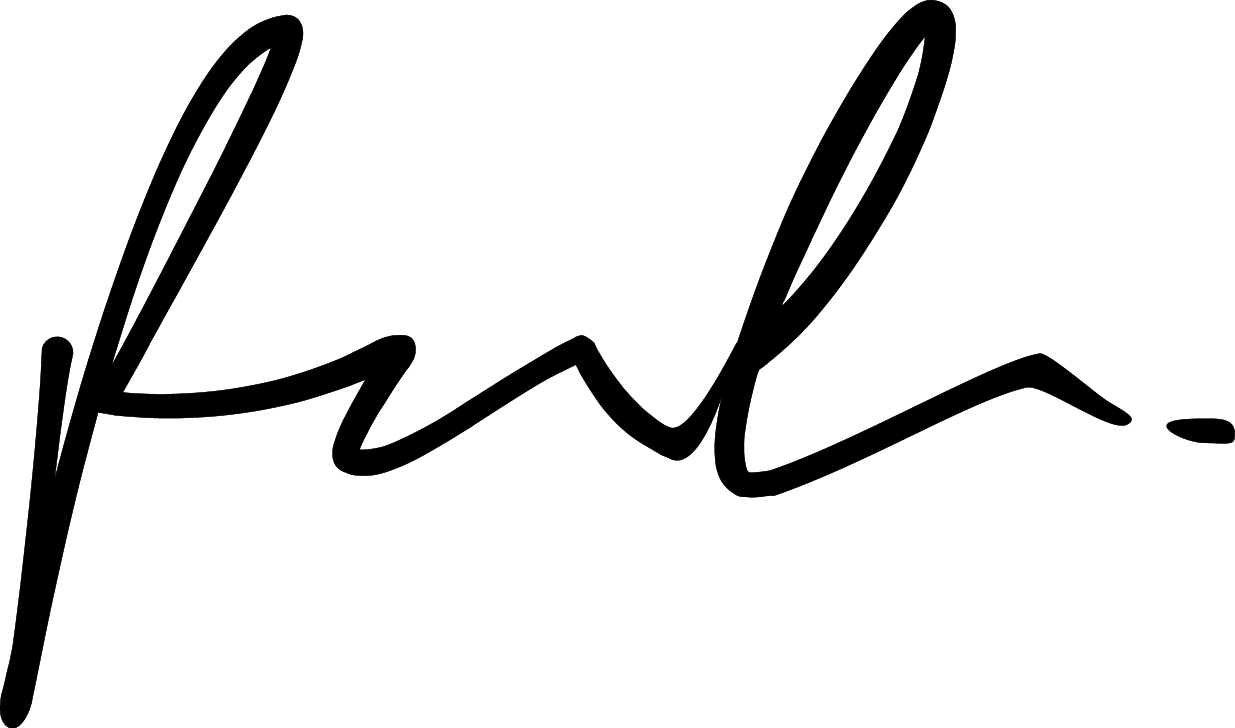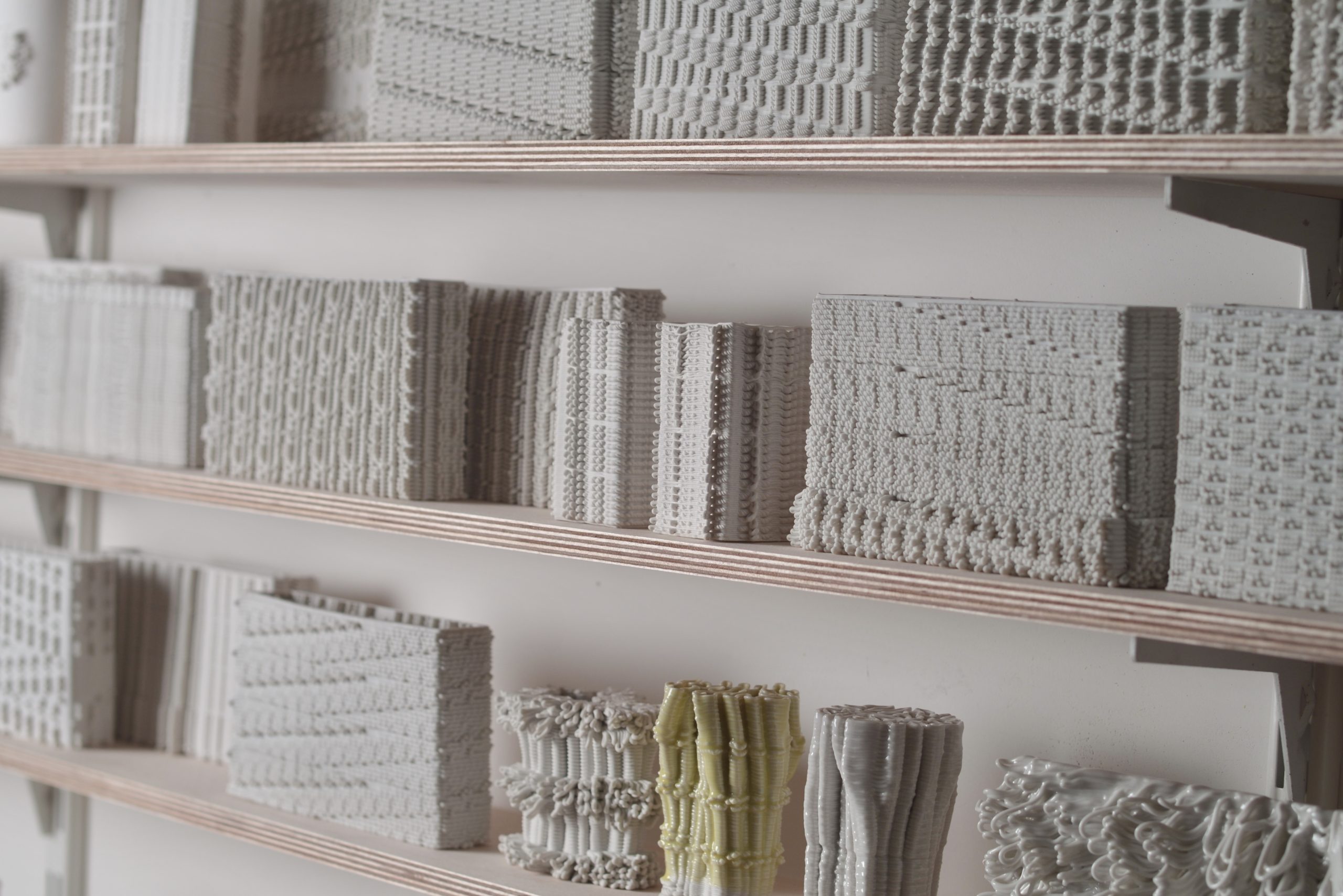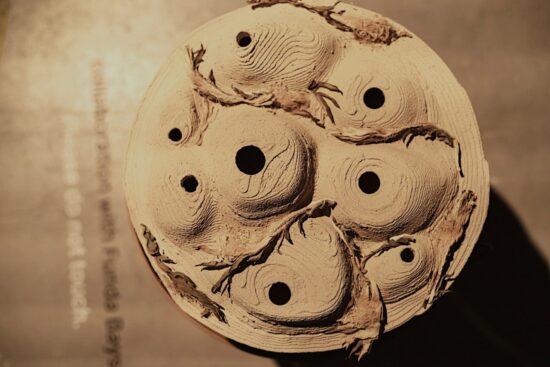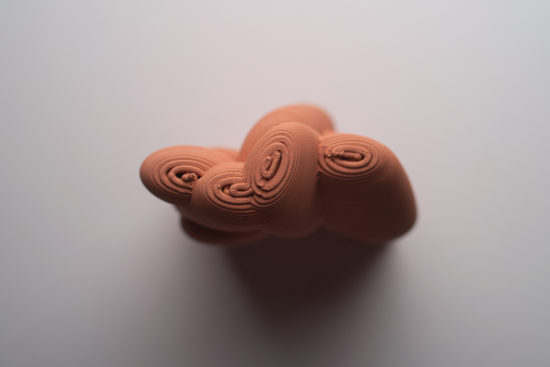In the realm of music, precision lies in the subdivision of beats, a skill crucial for interpreting rhythmic notations accurately. This diligent beat subdivision resonates deeply within the domain of parametric drawing. Similar to how a musically literate individual navigates beats, parametric drawing involves transforming features through algorithmic processes—specifically using Gcodes to prevent potential issues arising from rendering on slicing programs that might lead to patching or smoothing. This methodology hinges on pure information, guided by parameters and rules, dictating the interplay between my intent and the resulting alignment of points and lines.
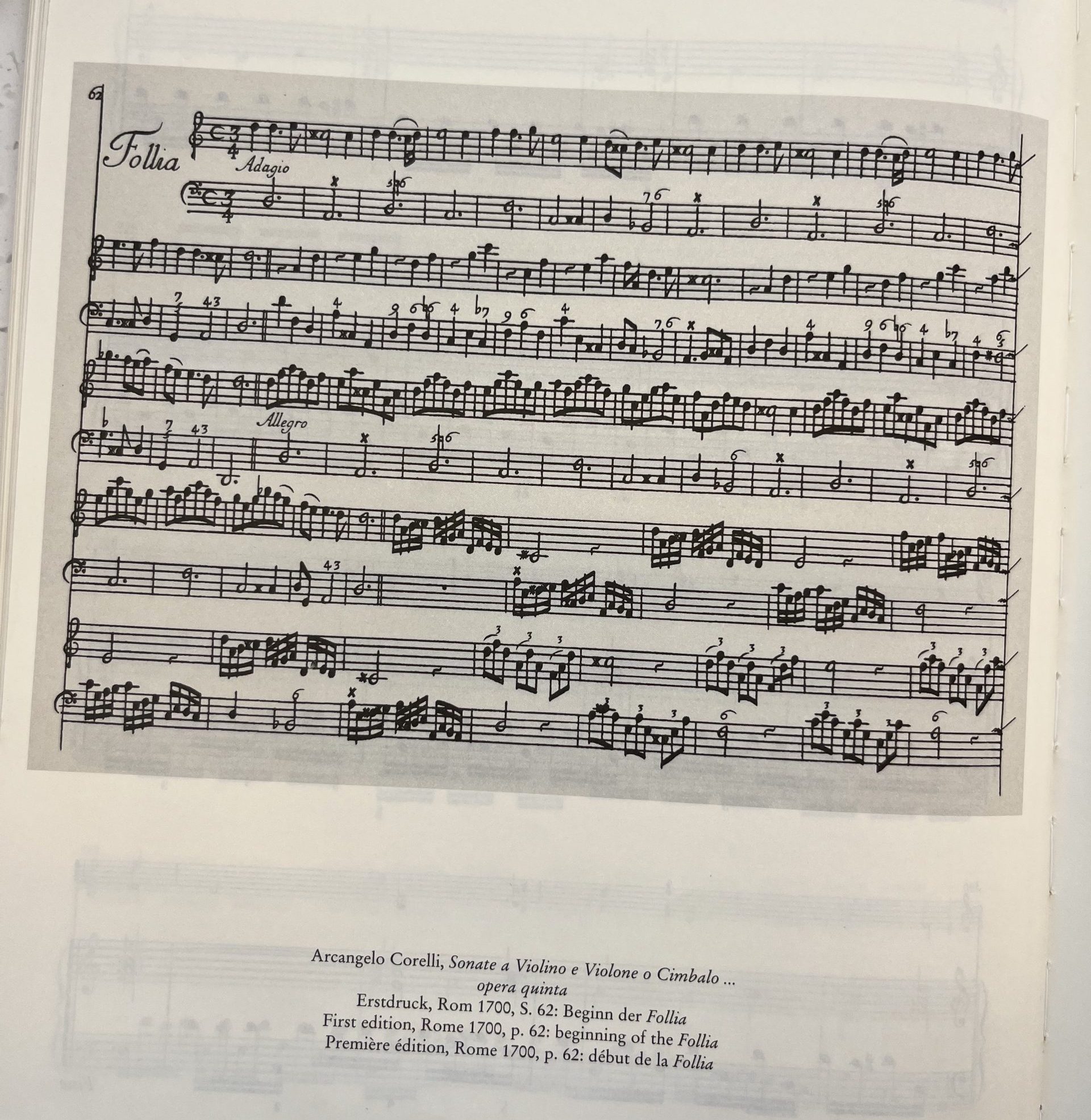
Much akin to how musical rhythms emerge from the fluid interplay and transition of tones, a parallel interplay unfolds within the realm of a 3D printer. Governed by an algorithm, the nozzle orchestrates shifting and sliding movements, culminating in a cohesive body of work. Through an analysis of music, I’ve extracted its rhythmic values to craft 3D printing algorithms. These algorithms act as guiding forces, steering a 3D printer to fashion a collection of canvases that encapsulate the essence of a melody. This process mirrors the amalgamation of diverse notations converging to form a harmonious and evocative composition.
As I contemplate the orchestral experience, I’m entranced by its resonance with societal dynamics, where individual contributions seamlessly merge into a unified whole. My artistic journey delves profoundly into themes such as dedication, inspiration, timing, communication, respect, innate abilities and the profound impact of loss. I deliberately selected a piece of music renowned for its oscillating teamwork, where subtle nuances assume heightened significance. In this context, music becomes a cherished family cookbook, enriched with my perspective and interpretation.
My research goes beyond disciplinary boundaries, particularly focusing on the interplay, interdependence, and influence of musical rhythms. I investigate into the human condition, drawing compelling parallels between the harmonious collaboration of individual musicians and the intricate fabric of broader communities, extending its implications to society at large.
Throughout my research, I embrace the fluid convergence of physical and digital realms, acknowledging their increasingly intertwined nature. My aim is to forge distinctive approaches in harnessing 3D printing technologies while remaining keenly aware of prevailing limitations and disparities in human and machine capabilities.
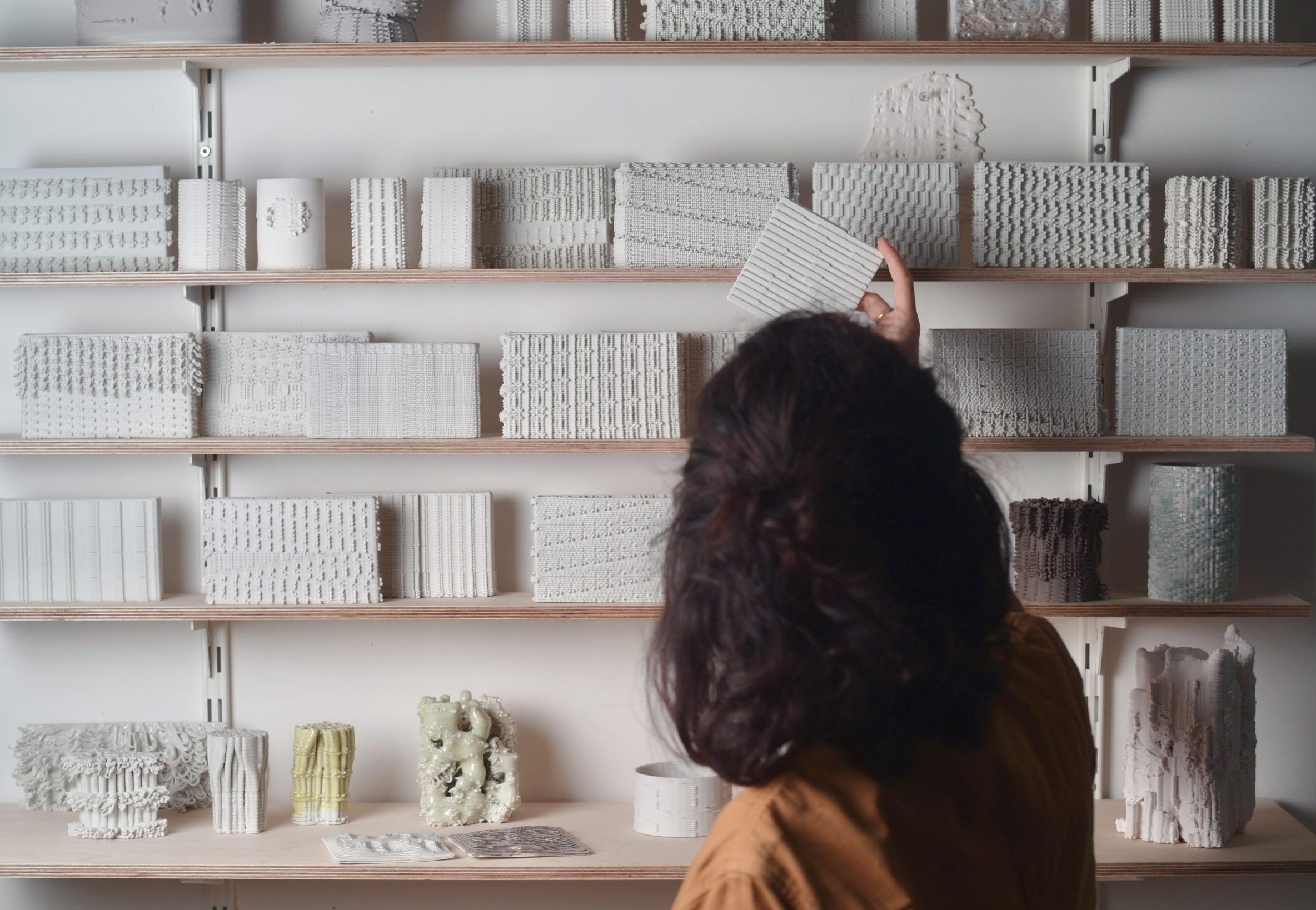
Within these tests, I’m introducing new information; akin to musical disruption, this process can be likened to ornamentation. This deliberate challenge aims to modify the original order and structure of note sequences, much like a violin or cello player introducing an extra note or incorporating a new bar within a 16-bar structure. Each overhang represented mirrors a note, played with utmost commitment and dedication by the performers.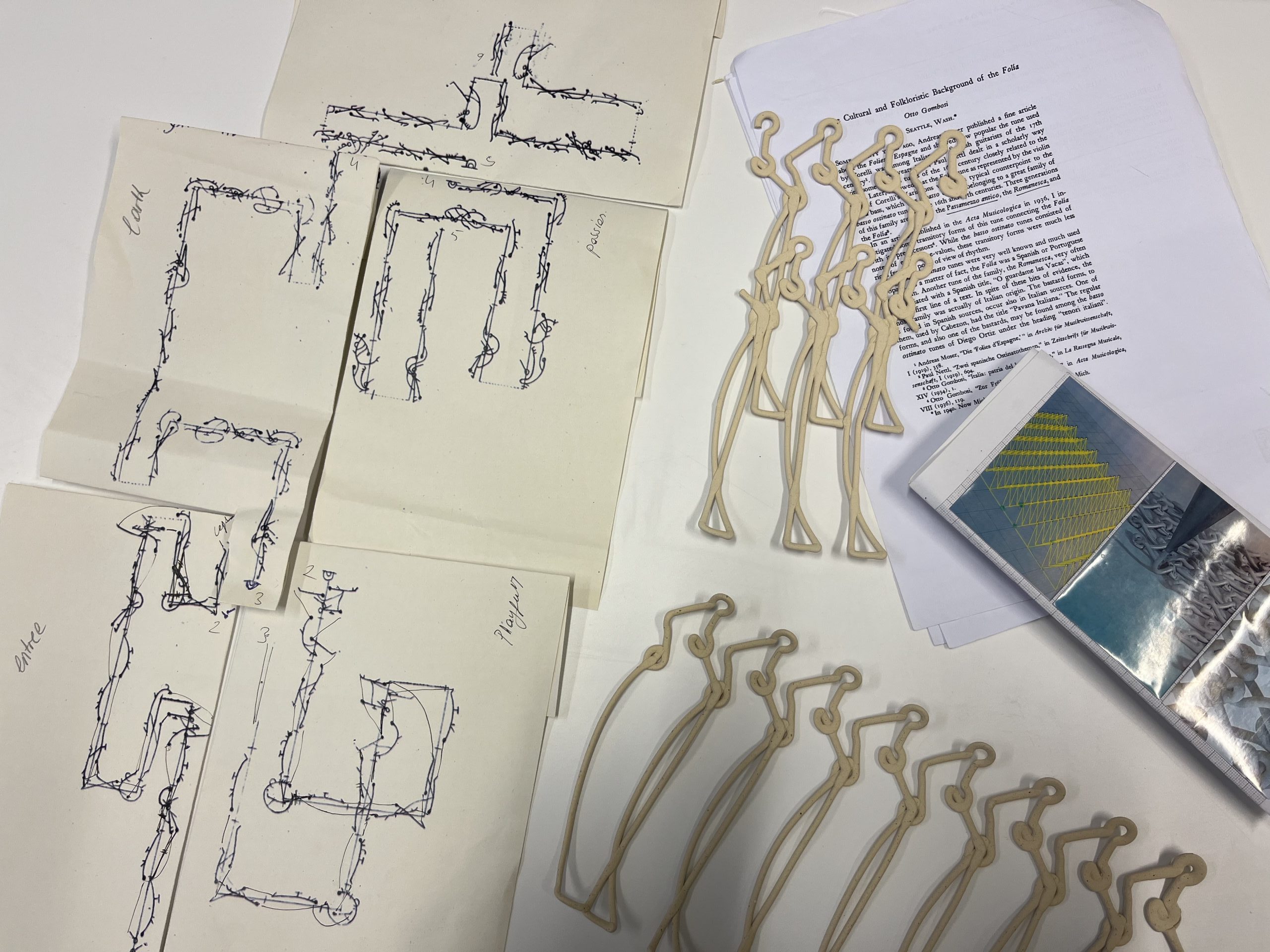
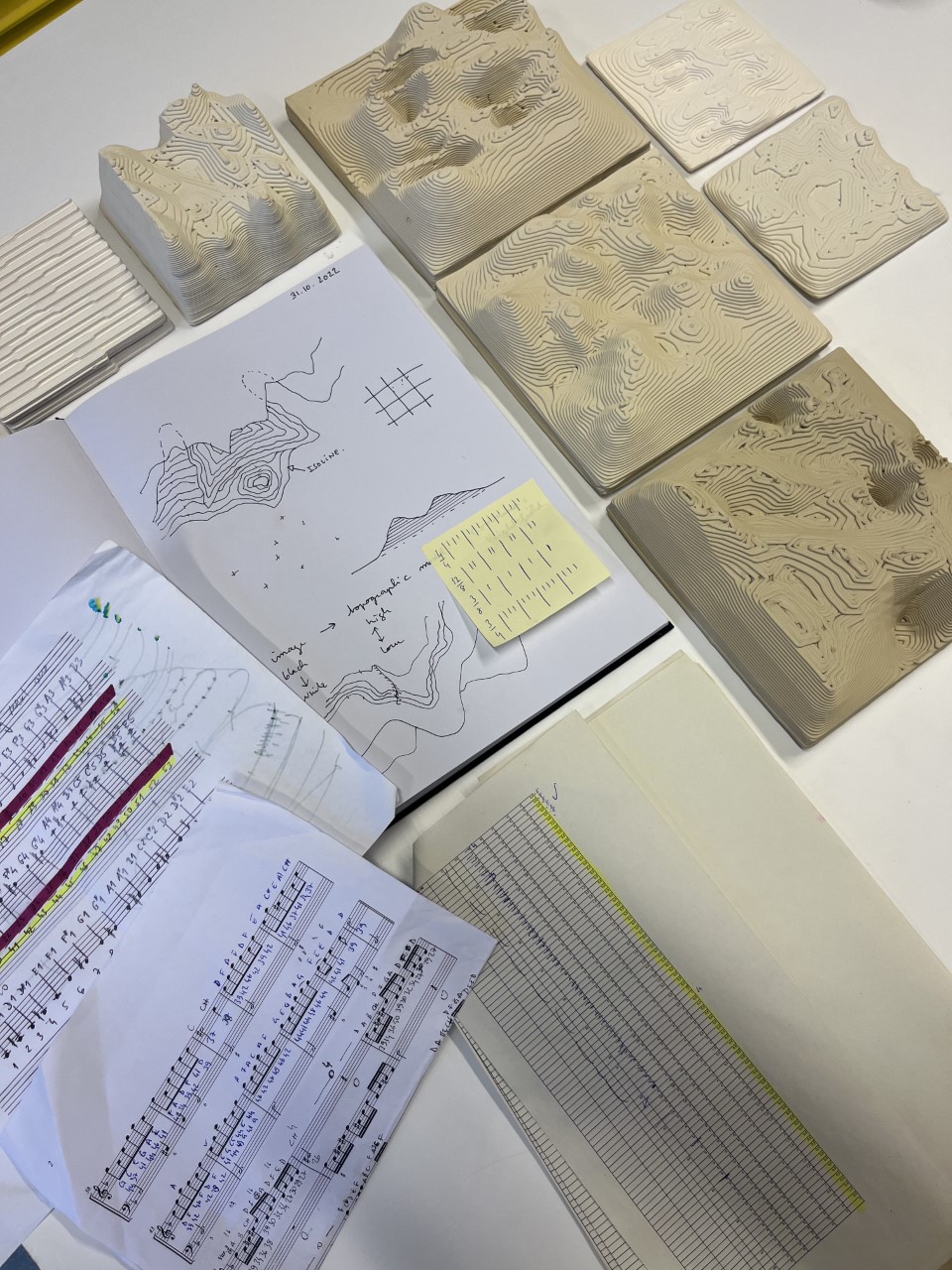
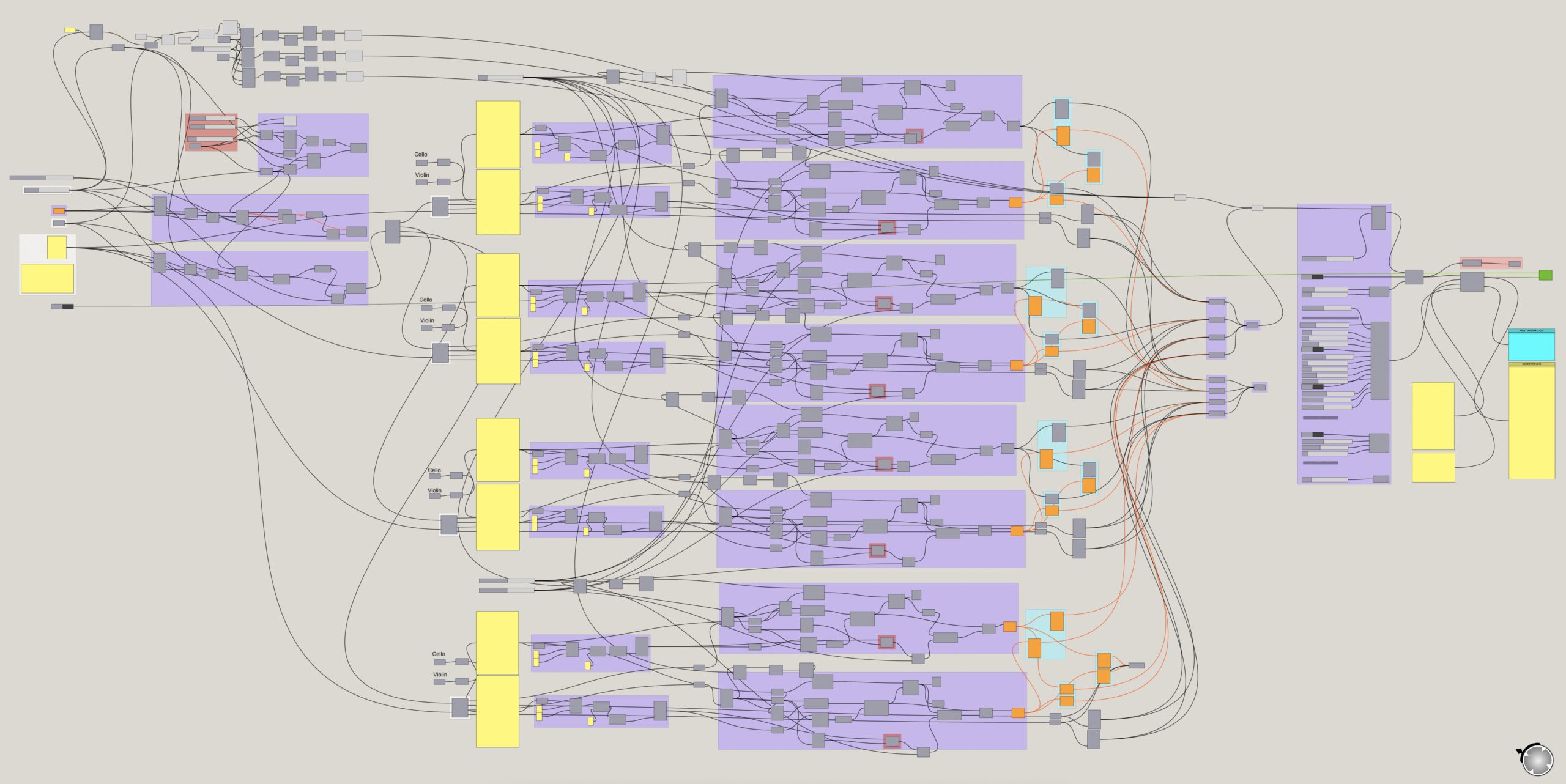
Why La Folia
‘La Folia,’ an evocative piece of musical history, carries within its notes a profound reflection of the human experience. Passed down, it has been reimagined and embraced by countless musicians, each adding their unique flair to its melodic recipe. Its story tells us about the history of music, and maybe even something about ourselves.
For me, ‘La Folia’ ( within these 23 variations) speaks of the resilience to persist, the thrill of excitement, the courage to overcome, the weight of loss, the boundless ability to find joy, the surreal absurdity of life, the depths of sorrow, the fiery temperament of emotions, and the enrapturing moments of self-discovery.
This research and development project was funded by CBK Rotterdam.
As part of this research, I collaborated with architect Elmar van Cleynenbreugel musician Burcu Ramazanoglu, Ania Katynska and engineers Idil Gumruk, Thomas Lindemann and Peter Eigenraam.
….
